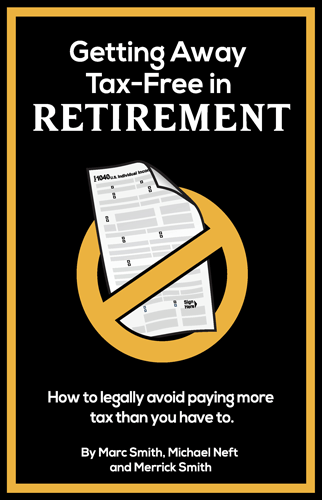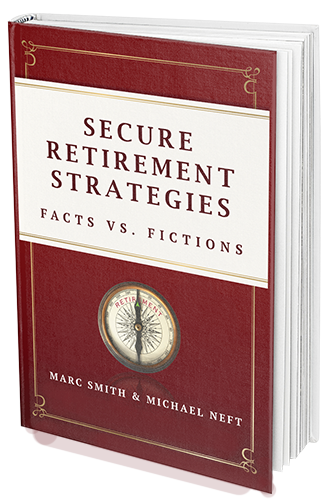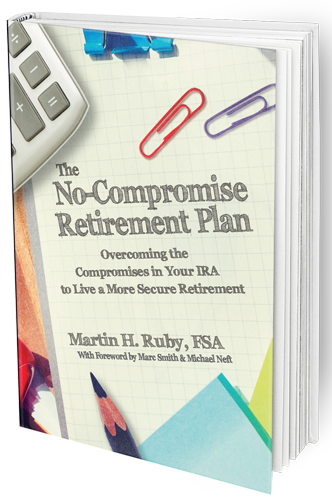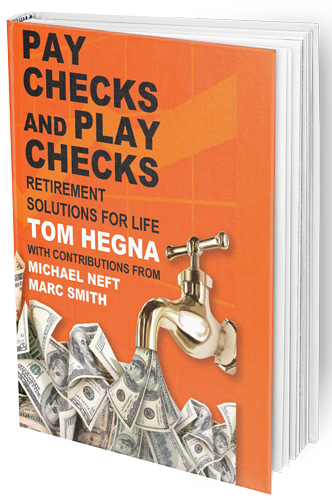Q&A: Roth IRAs
Q: Can the government decide to tax my Roth IRA at retirement?
A: Since 1997, the IRS has given you the option of being taxed on the “seed” or on the “harvest.” With a Roth IRA, you’re taxed on the seed; with a traditional IRA, you’re taxed on the harvest. To tax you on both the seed and the harvest would be unprecedented and would likely get more than a few politicians thrown out of office. A more likely scenario would be for the IRS to eliminate all future contributions to the Roth IRA. You’d likely keep what was in there, but lose the ability to make further contributions.
Q: What is the 5-year rule with the Roth IRA?
A: This rule determines whether or not distributions from your Roth IRA are taxable. First of all, all contributions can be taken from your Roth IRA at any time without tax and without penalty. In order to take the growth out of these accounts penalty-free, you have to be at least 59 ½ and have had an established Roth IRA account for at least five years.
For example, let’s say that you’re 60 and you make a first-time contribution of $6,500 to a Roth IRA that grows to $7,000 by the time you’re 61. You could withdraw the $6,500 at any point but would have to wait until five years after your initial contribution date to access the growth. The initial contribution date is January 1st of the tax year in which you made the contribution.
Q: If I’m working part-time in retirement, can I still contribute to a Roth IRA?
A: To contribute to a Roth IRA, you have to have earned income—you have to be earning a paycheck. For anyone over age 50, you can contribute whatever your earned income is or $6,500 (in 2013), whichever is less.
If you and your spouse are over 50 and only one of you is working, you can contribute up to $13,000 or whatever your earned income is, whichever is less.
Q: What is the 5-year rule with the Roth conversion?
A: If you do a Roth conversion before you are 59 ½, you have to wait five years or until 59 ½, whichever comes first, before you can touch the principal without tax and penalty. If you’re already 59 ½ when you make the conversion, you can touch the principal immediately but have to wait five years before you touch any of the earnings without penalty.
Q: Does the Roth conversion have income limitations?
A: Prior to 2010, there was a $100,000 income limitation, but now anyone can do a Roth conversion regardless of income level.
Q: How quickly should I convert my Roth IRA?
A: Quickly enough that you pay the taxes owed before tax rates rise dramatically, but slowly enough that you don’t bump yourself into a higher tax bracket.
Q: Does it ever make sense to convert my IRA to a Roth all in one year?
A: The first scenario in which you might want to convert all of your IRA in one year is if it’s small enough to keep you in a reasonably low tax bracket. For example, if you make $100,000 per year and you have a $30,000 IRA, you could convert all of it while staying in the 22% tax bracket.
The second scenario in which it might make sense to convert all of your IRA to a Roth in one year is if you anticipate always being in the highest marginal tax bracket. For example, if you’re currently in the highest marginal tax bracket (37% today) and don’t see that changing in retirement, you could convert unlimited amounts of IRAs and only be taxed at 37%. This especially makes sense if you think the highest marginal tax rate in the future will rise over time. Take advantage of the low rates today and get all the shifting done in one year.
Have more questions about your Roth IRA?
The Secure Retirement Strategies team will help you craft a successful retirement investment strategy. If you have any additional questions about investing in a Roth IRA or beginning a Roth conversion, call Secure Retirement Strategies today at 610-983-8531.







